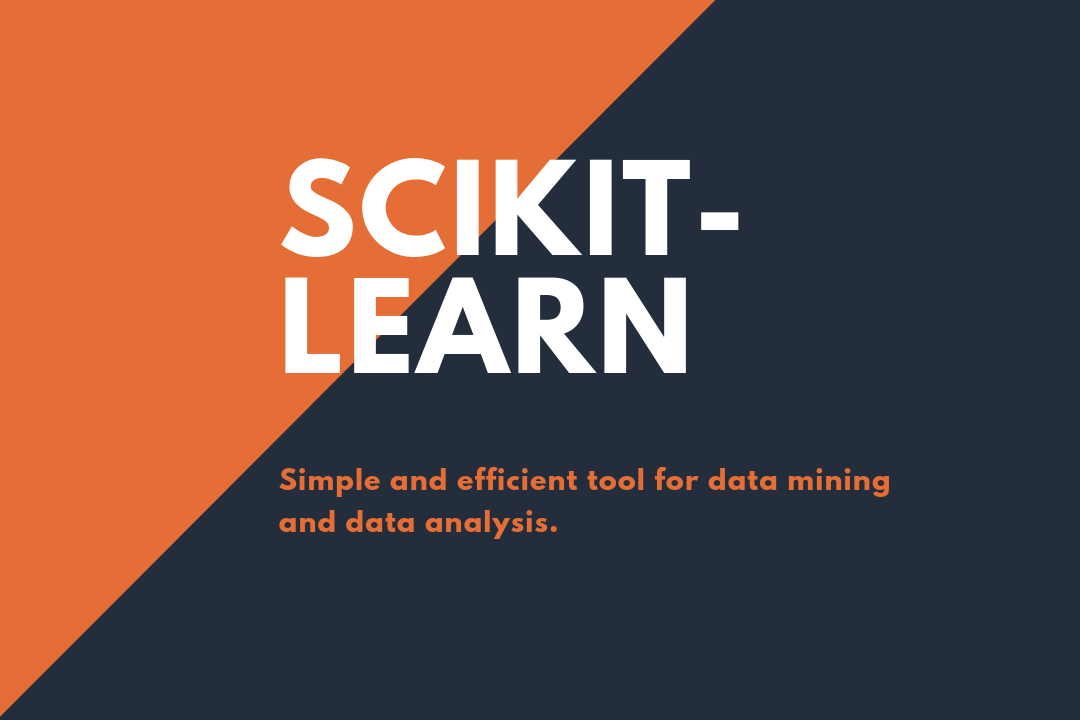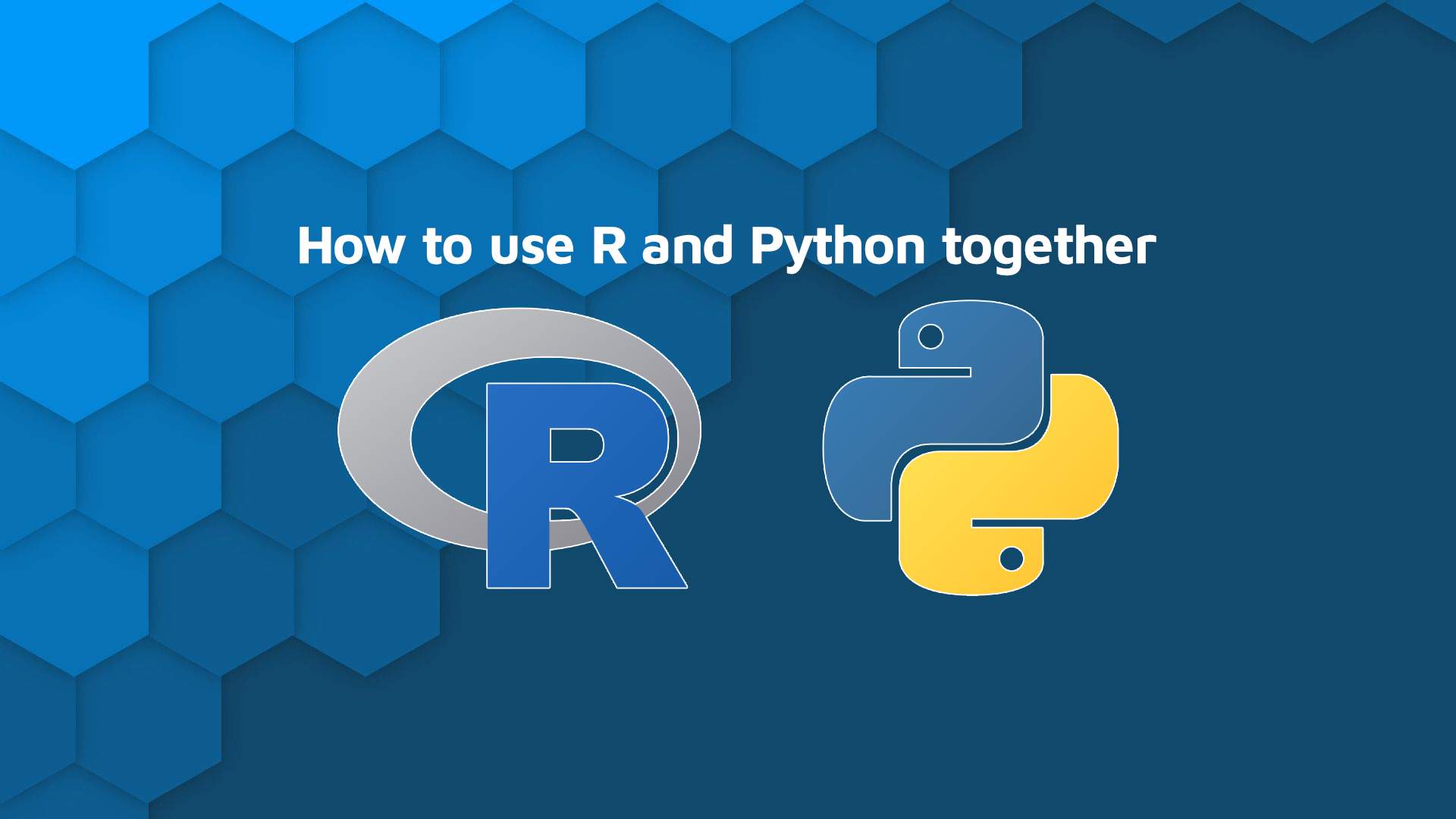Description
Introduction
Scala’s rich and expressive collections library and its powerful concurrency tools make it a top choice for developers building scalable and high-performance systems. Understanding how to efficiently use collections and manage concurrency is key to mastering Scala. This course dives deep into these two critical areas, covering everything from basic data structures to advanced concurrency patterns. By the end of the course, you will be proficient in using Scala collections to manage data and harnessing concurrency tools to build fast, efficient, and thread-safe applications.
Prerequisites of Scala
- Basic knowledge of Scala syntax and functional programming concepts.
- Familiarity with object-oriented programming principles.
- Experience with general programming paradigms, especially related to data structures and multithreading.
- A working setup of Scala development environment.
Table of Contents
- Introduction to Scala Collections
1.1 What Are Collections in Scala?
1.2 Types of Collections: Immutable vs. Mutable
1.3 Basic Collections: Lists, Arrays, and Tuples
1.4 Set and Map Collections in Scala
1.5 Operations on Collections: map, filter, reduce
1.6 Performance Considerations for Collections - Advanced Scala Collections
2.1 Understanding Lazy Collections: Stream and Iterator
2.2 Sorted Collections: SortedSet and SortedMap
2.3 Collections in the Scala Standard Library: Vector, Queue, Stack
2.4 Traversable vs. Iterable Collections
2.5 Working with Nested Collections
2.6 Best Practices for Using Collections Efficiently - Functional Operations on Collections
3.1 Immutable Collections and Pure Functions
3.2 Higher-Order Functions in Collections: map, flatMap, and foreach
3.3 Folding and Reducing Collections
3.4 Handling Errors with Option and Either
3.5 Understanding Monads in the Context of Collections
3.6 Designing Functional Pipelines - Concurrency in Scala: Introduction to Akka
4.1 What is Concurrency in Scala?
4.2 Challenges in Multithreaded Programming
4.3 Understanding the Actor Model
4.4 Setting Up Akka Actors
4.5 Managing Actor Lifecycle and Communication
4.6 Akka Streams for Asynchronous Data Processing - Concurrency with Futures and Promises
5.1 What are Futures in Scala?
5.2 Creating and Managing Futures
5.3 Combining Futures and Handling Errors
5.4 Understanding Promises and Their Use Cases
5.5 Best Practices for Working with Futures and Promises - Building Scalable Applications with Akka
6.1 Akka for Distributed Systems
6.2 Designing Event-Driven Architectures
6.3 Managing State in Akka Actors
6.4 Akka Cluster and Sharding for Scalability
6.5 Integrating Akka with Other Backend Components
6.6 Akka HTTP for Building RESTful Services - Threading and Synchronization in Scala
7.1 Understanding Threading in JVM and Scala
7.2 Thread-Safe Programming with Immutable Data Structures
7.3 Synchronization: Locks, Semaphores, and Barriers
7.4 Managing Shared Resources in Concurrent Systems
7.5 Best Practices for Thread Safety in Scala Applications - Parallel Collections in Scala
8.1 Introduction to Parallel Collections
8.2 Working with Parallel Collections for Performance
8.3 Performance Tuning with Parallel Collections
8.4 Handling Side Effects in Parallel Operations
8.5 Combining Parallel Collections with Akka - Testing Concurrency in Scala
9.1 Challenges in Testing Concurrent Applications
9.2 Unit Testing Scala Concurrency with ScalaTest
9.3 Mocking Actors and Futures for Unit Testing
9.4 Testing Akka Systems: Actor Behavior and Integration
9.5 Debugging and Profiling Concurrent Scala Applications - Best Practices for Collections and Concurrency in Scala
10.1 Immutable Collections and Their Impact on Concurrency
10.2 When to Use Mutable Collections
10.3 Choosing the Right Collection for the Right Task
10.4 Performance Optimization in Concurrency
10.5 Scalability Concerns in Concurrent Applications
10.6 Building Efficient and Scalable Systems with Collections and Concurrency
Conclusion
Mastering collections and concurrency in Scala allows developers to build robust, efficient, and scalable applications. The course has covered essential topics from working with Scala’s diverse collection types to implementing concurrency with Akka and Futures. By understanding the intricacies of collections and concurrency, you can leverage Scala’s strengths to design high-performance backend systems. With these skills, you’ll be well-equipped to handle complex data operations and efficiently manage concurrency in real-world applications.
If you are looking for customized info, Please contact us here







Reviews
There are no reviews yet.